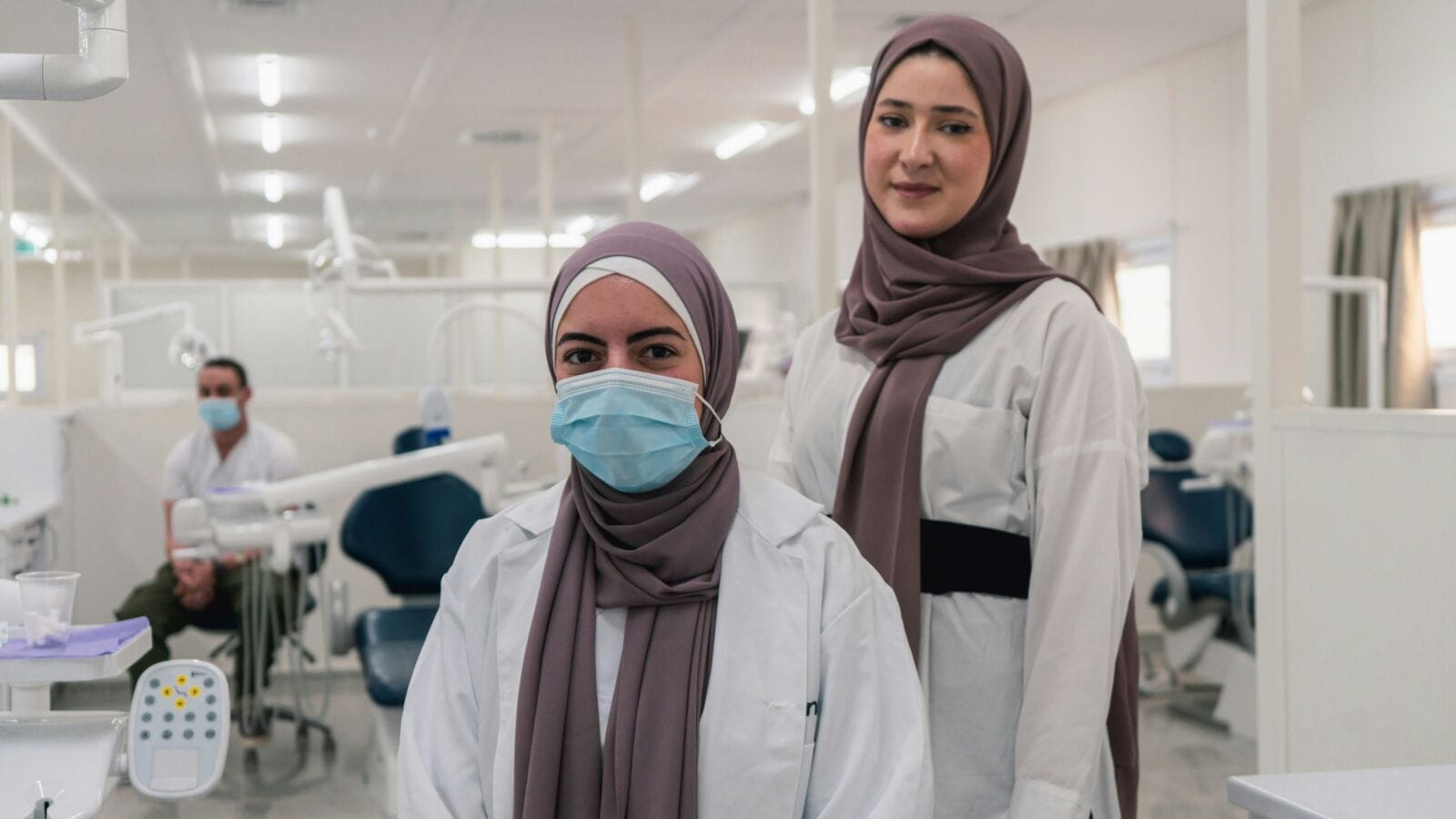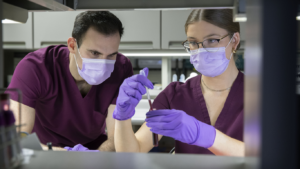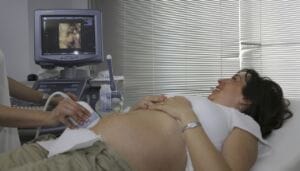Many medical personnel with specialized tools find it challenging to input their items amidst healthcare professional attire. So, a stethoscope-specific hijab meets Muslim healthcare workers’ practical and cultural needs. This forward-thinking outfit supports the peaceful coexistence of belief systems and professional obligations while maintaining workable and comfortable solutions.
Understanding the Concept
Healthcare professionals may need to find a hijab for stethoscope use to accommodate medical equipment comfortably. It is a scarf designed specifically for wearing a stethoscope, and it is a hijab. It includes design features that make medical instruments easy to use. However, traditional hijabs might not allow for proper stethoscope placement and use. This version features special openings that ensure medical staff can operate without compromising their beliefs or the effectiveness of their work.
Practical Benefits
This hijab type is made so that medical staff can arrange the stethoscope point-blank for the patient without any other inhibitions. So, you know these readings will also be accurate, and the patient care will be done properly. These hijabs are made of breathable fabrics, which ensure comfort. This makes them ideal for someone doing long shifts, as the chances of developing heat rash can be reduced.
Safety is also a top concern. The hijabs include options to prevent severe static electricity buildup, which can interfere with medical equipment. All healthcare professionals are supposed to look professional. Designed to fit under medical scrubs, these hijabs help medical professionals look neat and professional.
LOCAL NEWS: 100 best places to work and live in Arizona for 2025
Cultural Significance
For many Muslim women, wearing a hijab becomes an intrinsic part of their identity. These specialized hijabs help them maintain their cultural and religious beliefs, do their jobs well, and understand the personalities they encounter.
Meeting different cultural needs encourages healthcare institutions to be inclusive. It is important to provide ways to ensure that everyone feels respected and valued.
Impact on Patient Care
When professionals are at ease with what they wear, attention shifts from clothing to patients, enhancing the quality of care, communication, and trust. Patients from different backgrounds appreciate cultural sensitivity, and physicians acknowledge their cultural values. Being treated by a healthcare provider who respects their traditions is a much more reassuring experience, leading to better relationships between the patient and provider.
Challenges and Considerations
Although the stethoscope hijab has many advantages, the design has limitations in functionality versus design. However, designers need to incorporate openings for stethoscope use without sacrificing the intended coverage and modesty of the hijab.
Traditional hijabs can be much more affordable than these specialty ones. To accommodate a wider uptake into clinical settings, they must also be accessible and price-effective.
These hijabs must be introduced to the staff in healthcare facilities. These campaigns can normalize their usage by encouraging many institutions to adopt this attire.
Moving Forward
Healthcare organizations are now embracing the need for diversity in the workplace. They are helping create a more welcoming and peaceful surrounding by supporting clothing that honors personal values.
The creation of these hijabs highlights what innovation can do when applied to a missing element in the real world. Collaboration between designers, healthcare providers, and cultural specialists could further develop this.
Supplying staff with uniforms that reflect their cultural and religious identity is one step toward a more inclusive healthcare system. It is beneficial for both the workforce and the patient population they serve.
Conclusion
They have released the stethoscope hijab, a breakthrough in the medical field related to their attire. It hints at overcoming logistical issues without clashing with cultural beliefs, helping create a more inclusive workspace. Amidst the constant evolution of the healthcare industry, accepting those innovations will be essential to guarantee that all professionals perform their tasks with confidence and comfort. This innovation improves the environment for healthcare providers and enhances the patient experience, creating a better patient-care system.




